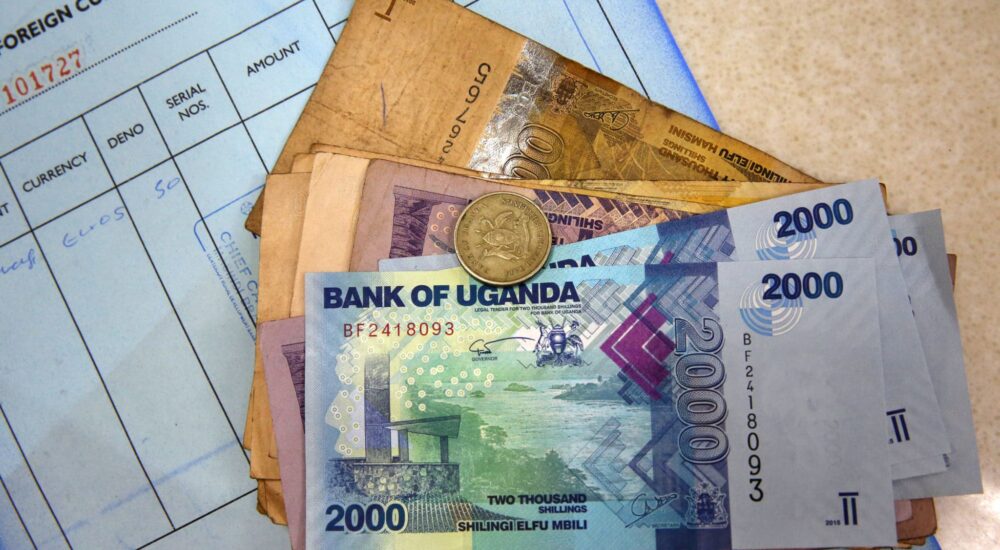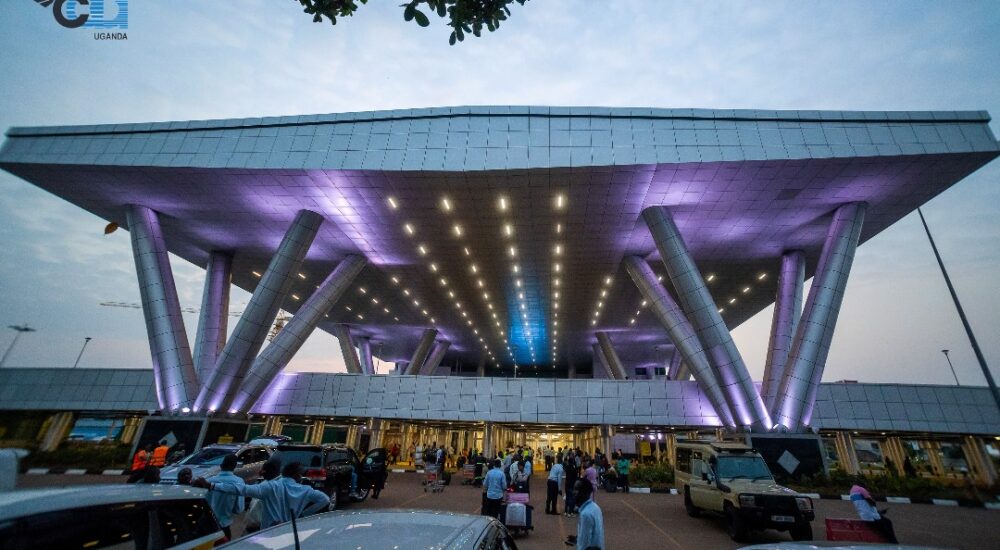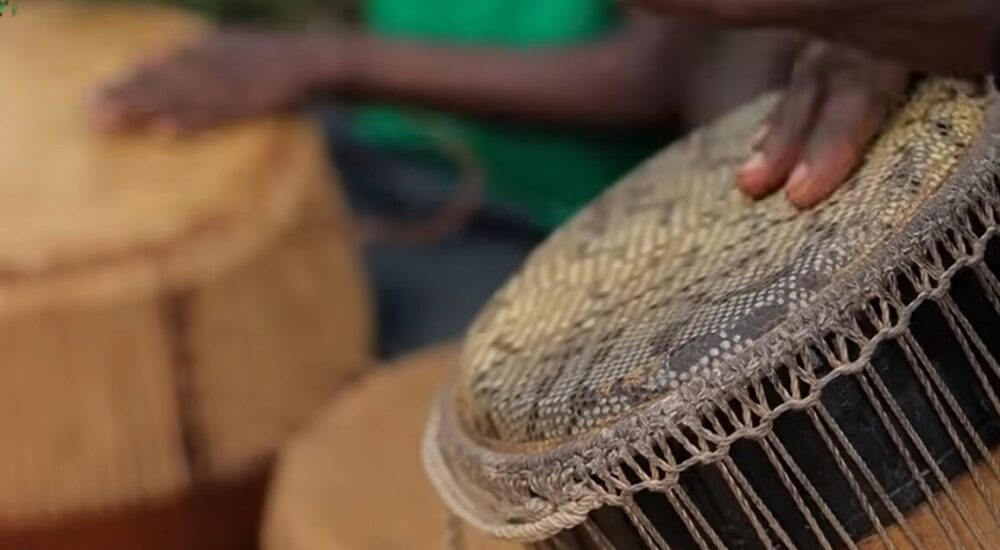Uganda, also known as the "Pearl of Africa," offers an array of experiences for travelers—from…
The El Molo Tribe
The El Molo Tribe, The vast landscapes of Kenya’s northern Eastern Province, between Lake Turkana and the impressive Mount Kulal, are home to a tribe whose rich cultural history and unique traditions have fascinated both explorers and scientists. The El Molo, who are also called Elmolo, Dehes, Fura-Pawa, and Ldes, have kept their unique way of life alive despite the difficulties of modernization and outside effects. They are strong in the face of change because they have a deep link to their land and the traditions that have been passed down from generation to generation.
We offer a unique chance to learn about the history, traditions, and interesting cultural practices of the El Molo tribe when you go on a cultural trip with us. As you walk through the beautiful landscapes that have helped shape the El Molo people’s character, you will see for yourself how deeply connected they are to the natural world that supports them. Every moment will immerse you in the real essence of El Molo culture, from talking to people in the community to learning traditional fishing skills and taking part in craft workshops.
Take part in our celebration of the El Molo tribe’s strength and cultural diversity. You’ll learn more about their history and help keep their ancestral ways alive. The El Molo people’s lively present is mixed with the sounds of their past in this trip that will be hard to forget.
Background and History:
In about 1000 BC, the El Molo tribe started a big migration from Ethiopia into the Turkana Basin. This is where their past and roots can be found. They went on this trip because of the environment, which led them to settle on the southeast shores of Lake Turkana and become fishermen. Because it was so dry where they were, they had to stop farming and rely on the lake’s many resources.
Archaeological evidence from a survey led by S. Brodribb Pughe in 1962 throws light on how the El Molo people used to bury their dead. During this study, tombs were found that had detailed hieroglyphics and were usually found near water sources like wells or springs. The El Molo have a strong connection to the land they live on and a great respect for their ancestors, which is shown by these tombs.
These tombs show that the El Molo people are dedicated to keeping their cultural heritage alive and passing on the customs of their ancestors. The El Molo people honor the memory of their ancestors and strengthen their link to the natural world that has provided for them for hundreds of years by visiting these old burial grounds. With their intricate hieroglyphics, these tombs give us a glimpse into the rich past of El Molo and show how strong and unique their culture is.
Number of people and language:
The El Molo tribe now lives mostly in the Marsabit District, with most of their villages located between El Molo Bay and Mount Kulal. The 2019 Kenya census found that there were 1,104 people living in El Molo. But it’s important to keep in mind that people with pure El Molo descent are getting harder to find. Over time, people from the El Molo community have married into nearby Nilotic groups, mostly the Samburu. This has caused the community’s cultures and genetics to mix. Because of this, most El Molo people today speak two languages: Samburu, which is their main language, and their native language, which is becoming less common.
The El Molo language, which used to be their first language, is very close to dying out. It is an Afro-Asiatic language from the Cushitic branch, but no forms are known to exist. Even though people are trying to bring the language back to life and keep it alive, it is sadly becoming a thing of the past for the tribe. Over time, neighboring Nilo-Saharan languages have slowly replaced El Molo as the main way people in the village talk to each other.
Many tribal languages around the world are having trouble because their speakers are dying out. El Molo is one example. It shows how important it is to keep the language alive so that the El Molo tribe’s traditional heritage and unique identity don’t get lost in the sands of time.
Customs and traditions from other cultures:
This tribe’s customs and cultural practices are very interesting because they show us how they live and what they value. They have strong religious beliefs that are an important part of their culture. A lot of El Molo people follow an ancient religion that has its roots in worshiping Waaq or Wakh. This religion is similar to the early, solitary faith that people before Abraham are thought to have followed by Cushitic groups. Through their respect for Waaq/Wakh, the El Molo show how deeply connected they are to nature and how spiritually important they see it.
On the other hand, it’s important to note that faiths from outside El Molo have also affected the community. Some people in El Molo have become Christians, which adds another layer of difficulty to the culture. This range of religions shows how they can change to new ideas while still keeping the traditions of their ancestors. Traditional views and Christianity coexist in the community. This shows how culture is always changing and how the El Molo can accept new things while still holding on to their cultural roots.
The El Molo have more cultural practices than just religious views. Based on the natural materials in their area, they have come up with their own unique ways of living. The group places a lot of value on fishing in particular. El Molo fishermen know how to get around in Lake Turkana because they use traditional methods that have been passed down from generation to generation. Not only is this art a way for them to make a living, it’s also a way for them to show their culture and how deeply they are connected to the lake and its supplies.
The El Molo group is also known for their skill as craftspeople, especially when it comes to beadwork. For the El Molo people, intricate beading is a big part of their culture. They use it to decorate themselves and to tell stories through art. The complicated designs and bright colors they use in their jewelry tell stories, keep customs alive, and show who they are in their community. Taking part in craft workshops as part of a cultural tour is a great way to learn about this art form and see how much skill and imagination goes into each piece.
A cultural tour of the El Molo group is a one-of-a-kind way to learn about and experience their rich traditions and cultural practices. There is a better chance of understanding their religious views, their complicated art forms, and how they live in harmony with nature. By living like an El Molo, visitors really understand how strong the group is, how different their cultures are, and how their past and present are connected in a beautiful way.
Experience a Cultural Tour
Immersing yourself in the fascinating world of the El Molo tribe is a unique experience that goes beyond normal travel. Going on a culture tour to their home country gives you a deep look into their daily lives, as well as their old traditions and traditions that have stood the test of time. Get ready for a life-changing trip as we reveal a full schedule that goes deep into the complicated culture of the El Molo people.
Day 1: Get to Marsabit, which is the entrance to El Molo Territory.
When you get to Marsabit, a lively town right on the edge of the El Molo’s native lands, you can start to learn about their culture. Consider staying at a nearby lodge or campsite to get used to the beautiful surroundings and the draw of this one-of-a-kind place.
Day 2: An introduction to El Molo culture, which includes history and traditions
Get ready to go on a tour with a guide to El Molo Bay, a very important cultural place. Talk to people in the community; they’ll be happy to have you and will be happy to tell you interesting stories about their history, customs, and the problems they face trying to keep their heritage alive. You can be amazed as skilled El Molo fishermen show off their fishing skills and how well they know how to get around in the water of Lake Turkana.
Day 3: Visiting old graveyards and learning about ancient customs
Today, you can go on an adventure with a local expert to the El Molo’s old burial grounds. You can walk around the amazing tombs that are covered in hieroglyphics. Each one gives you a glimpse into the tribe’s religious beliefs and complex cultural practices. Have deep conversations about the importance of honoring ancestors and how it has shaped El Molo society over time.
On Day 4, we will share our cultures and do traditional activities. We will embrace real experiences.
Experience the daily life of the El Molo community by taking part in one of their traditional pastimes for a day. With the help of skilled El Molo fishermen, you can try your hand at their time-honored fishing methods and learn more about their deep link to Lake Turkana and its many aquatic resources. Take part in craft classes where skilled artists will teach you how to make traditional items and beadwork. This way you can make a tangible souvenir of this cultural exchange.
Day 5: A community feast and performance to honor cultural identity
Get ready for a night of celebrating that you will never forget when you join the people of El Molo for a big meal. Enjoy a wide range of tasty dishes that reflect the unique flavors of their cooking background. As night falls, get lost in the lively beats of traditional dances and captivating shows that show off the tribe’s culture and appreciation for their way of life. Share stories, laugh, and learn more about El Molo’s rich cultural mix while sitting around a crackling bonfire.
Day 6: Leaving—Carrying Memories and Thoughts
As the sun rises on your last day, say goodbye to the El Molo community, taking with you special memories and deep thoughts about how meeting one of Kenya’s most unique and endangered groups changed your life. As you leave Marsabit, remember that the El Molo’s heritage will always be a part of your heart and mind. Tell others about their story and how important it is to keep cultural traditions alive so that their history lives on for future generations.
There are less than 200 people in the El Molo tribe, making it the smallest indigenous settlement in Kenya. They have kept their culture alive for more than 3,000 years by living on the shores of Lake Turkana, which is where their ancestors came from. They chose to live near Lake Turkana because it has a lot of water supplies. This choice has shaped who they are and keeps them alive to this day. The El Molo’s unique past and ability to adapt to life by the lake show how strong they are and how connected they are to nature.
The El Molo tribe shows how strong indigenous societies can be and how important it is to keep their traditions alive. By going on a cultural tour that gets you right into the heart of their community, you not only help them keep their identity, but you also learn a lot about their history, traditions, and the problems they face in the modern world. As the sounds of their old language fade and outside forces change how they live, it is more important than ever to honor and preserve the El Molo people’s rich cultural heritage.


